Jeep is making some notable changes to the flagship Wagoneer for 2026, updating its design, simplifying the line-up and taking a sharp knife to pricing. It’s also launching its first range-extending electric drive system promising up to 500 miles range and 647 horsepower. Headlight.News takes a closer look at the 2026 Jeep Grand Wagoneer and the new powertrain designed to eliminate worries associated with pure electric vehicles.
It’s a big year for Jeep, the Stellantis off-road brand rolling out some critical new products, including the revived Cherokee and updated Grand Cherokee. But one of the models to watch closely is the updated Jeep Grand Wagoneer.
Brought back to life for 2022 after a decades-long absence, Jeep had high hopes for what was to be not only its flagship SUV but the start of an entirely new sub-brand. Things didn’t quite meet expectations, however, and the automaker is, in some ways, starting all over for the 2026 model year.
To start with, the Jeep badge will be firmly attached to the back of the big SUV going forward. Meanwhile, the automaker has simplified the line-up and all models will be “Grand” Wagoneers going forward, eliminating what Jeep boss Bob Broderdorf acknowledged was buyers confusion. The SUV gets some modest design tweaks for the new model year. But what is arguably the biggest news comes with the launch of the 2026 Jeep Grand Waoneer REEV.
REEV?
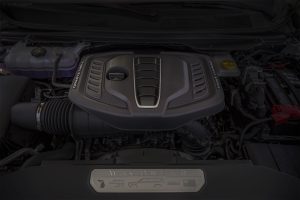
The 2026 Grand Wagoneer will offer a choice of a twin-turbo 3.0-liter gas engine, shown here, or the new range-extender package.
That’s a term few folks have likely heard before but it stands for Range-Extended Electric Vehicle. Adding to the confusion, other manufacturers flip the letters around a bit. Whether you prefer REEV or E-REV, this technology could be the big breakthrough for those who want an electric vehicle but either need more range or who don’t have ready access to public charging.
At first glance, you might think it’s just another fancy way of referring to a plug-in hybrid, and there’s a bit of truth to that. Both the Grand Wagoneer REEV and PHEVs like the Jeep Grand Cherokee 4xe pair up an internal combustion engine with a battery propulsion system. But there is a big difference.
Plug-ins can send torque to the wheels from either the gas engine or the electric drive system. It’s a complex and costly approach and, typically, PHEVs muster less than 50 miles of all-electric range – 25 for the 4xe line.
Range-extenders use their ICE technology solely to generate current, if and when needed, either to charge up drained batteries or to provide a little bit of extra current to the electric motors that are the only source of torque to the wheels. This approach is less complex, requiring no transmission system to shift back and forth between power sources. And the internal combustion engine, explains Stellantis global powertrain chief Micky Bly can operate at a relatively steady speed in the RPM “sweet spot” ensuring maximum efficiency. That also means some of the costly emissions control hardware needed to clean up a free-revving ICE system can be eliminated.
The payoff

The Hurricane I-6 boasts a 10,000-lb tow rating. Numbers for the REEV model have yet to be released.
We’ll have to wait for some details, but the initial data released by Jeep is impressive.
Where the gas-only model’s 3.0-liter Hurricane Twin-Turbo option comes in at 420 hp and 468 lb-ft. The Grand Wagoneer REEV will punch out a neck-snapping 647 horsepower and 620 pound-feet of torque. The automaker estimates 0-60 times of 5.0 seconds, an impressive figure for such a big SUV.
Jeep is still calibrating the REEV package but Bly told Headlight.News he expects its 92 kilowatt-hour lithium-ion battery pack will “probably” deliver an EPA-rated 150 miles per charge. With a full, 20-gallon tank of dinosaur juice, however, you’ll be able to log about 500 miles before plugging back in or filling back up.
(One number yet to be confirmed is the REEV’s towing capacity. The Hurricane package musters an impressive 10,000 pounds.)
More Jeep News
- First Drive: Jeep Wagoneer S is Electrifying
- Jeep Cherokee Makes its Long-Awaited Return – in Hybrid Form
- Check Out These 7 Jeep Moab Concepts
To charge or not to charge

Standard and long-wheelbase versions of the Jeep Grand Wagoneer will continue to be offered for 2026.
“You never have to plug it in, if you don’t want to,” noted Bly. If you don’t have easy access to a charger – or don’t want to stop while on a long trip, the system will keep running as long as there’s fuel in the gas tank. The ICE half of the drivetrain will continue to generate current to power the wheels.
But what if you do want to keep the battery pack charged up? The good news is that, as with a pure EV, you’ll cut your energy costs substantially if you have access to a home or office Level 2 charger. The numbers are generally a wash if you rely on public charging.
The 2026 Grand Wagoneer REEV uses a 400-volt electrical architecture which isn’t itself necessarily state-of-the-art, but our “informed” estimate is that you’ll need less than an hour, depending upon the power rating of the DC charger..
But wait, there’s more news for 2026
While the new REEV option is certain to generate the big headlines, there are other reasons to check out the 2026 Jeep Grand Wagoneer.
For one thing, the SUV receives a modest, mid-cycle design update meant to give it a “more high-tech, more rugged” look, according to Jeep design chief Vince Galante. This includes revised LED headlamps and an updated take on Jeep’s iconic 7-slot grille. Jeep does retain both standard and long-wheelbase packages for 2026.
Meanwhile, Grand Wagoneer gets some nice updates to its technology, starting with a larger head-up display which projects its image further down the road, making it easier to read. Depending upon the trim, Grand Wagoneer buyers with a keen interest in music can get a 23-speaker McIntosh audio system.
Pricing and availability
Jeep – like parent Stellantis – has had a couple rough years. But sales are starting to get back on track, largely due to a price “realignment” on key models. You’ll notice that with the 2026 Grand Wagoneer. When the big SUV made its 2022 return its base Wagoneer trim started at $57,995, pushing up towards $80,000 fully loaded and with all-wheel-drive. The Grand Wagoneer came in at a starting MSRP of $86,995, topping out around $104,000 before delivery fees.
For 2026, the line-up starts with an MSRP of $62,145 – before delivery fees — for a 4×2 version of the base, standard-wheelbase Grand Wagoneer. The 4×4 package adds $3,000. At the upper end, the short Summit Obsidian trim starts at $93,390, the stretch package coming in at $3,000 more. (Mid and top-line trims only come in all-wheel-drive.)
Look for the Hurricane-powered Wagoneer to reach U.S. showrooms in the coming weeks. REEV models won’t go on sale until “just after the first quarter” of 2026, according to Broderdorf. Jeep will announce pricing for the range-extender package closer to that launch.

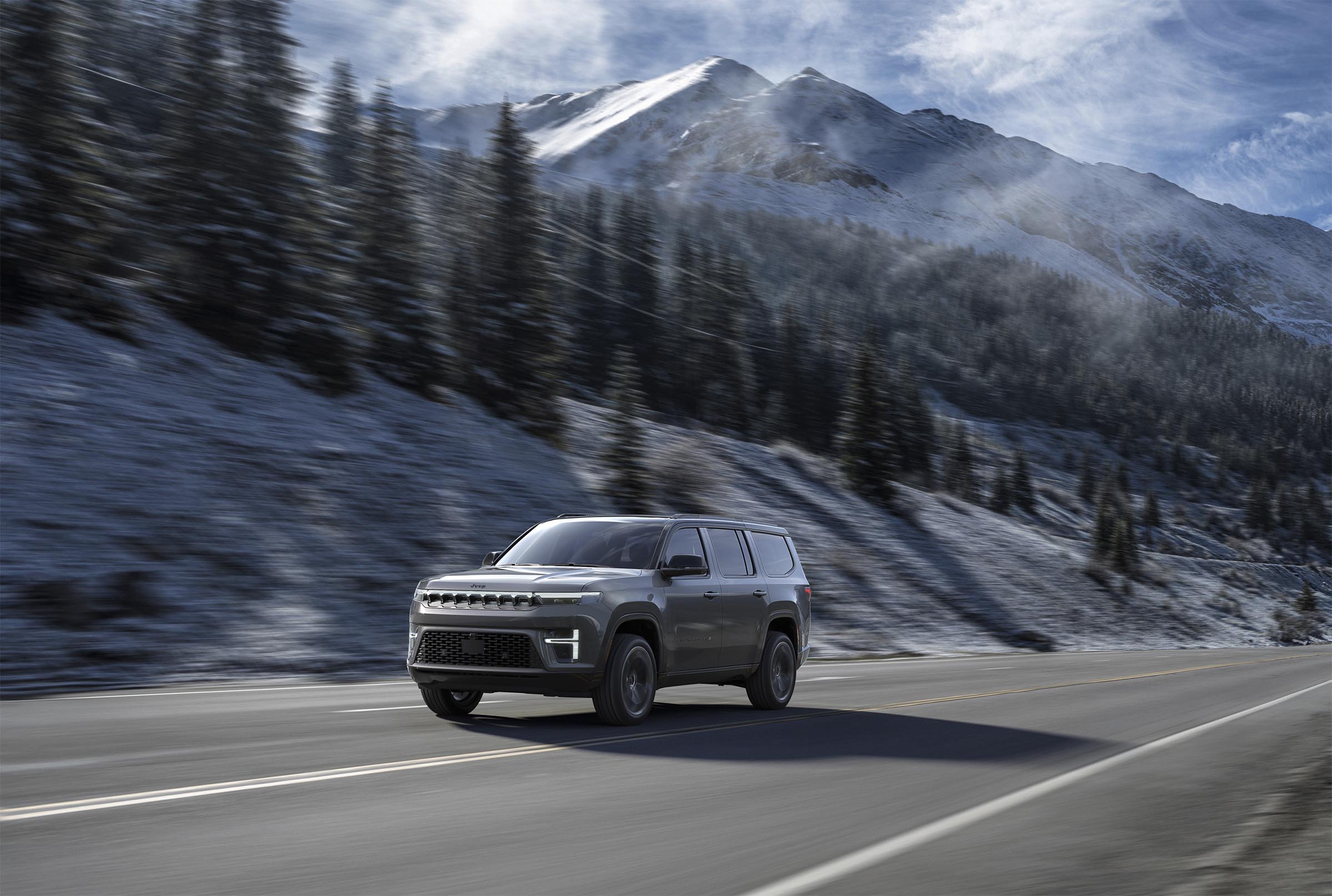
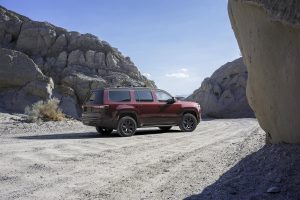
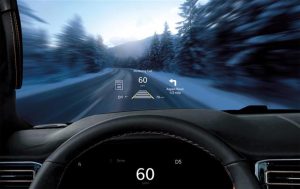

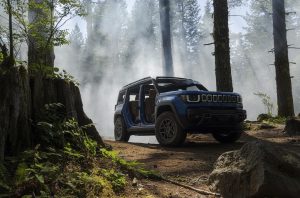
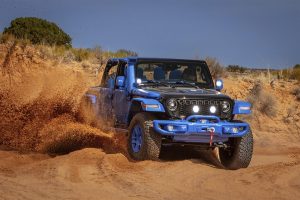


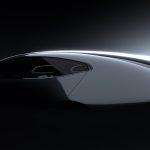



Ho hum.
Lucky if they sell 20K.